Home>Articles>How To Fix The Back Of A Separated Pantry Cabinet
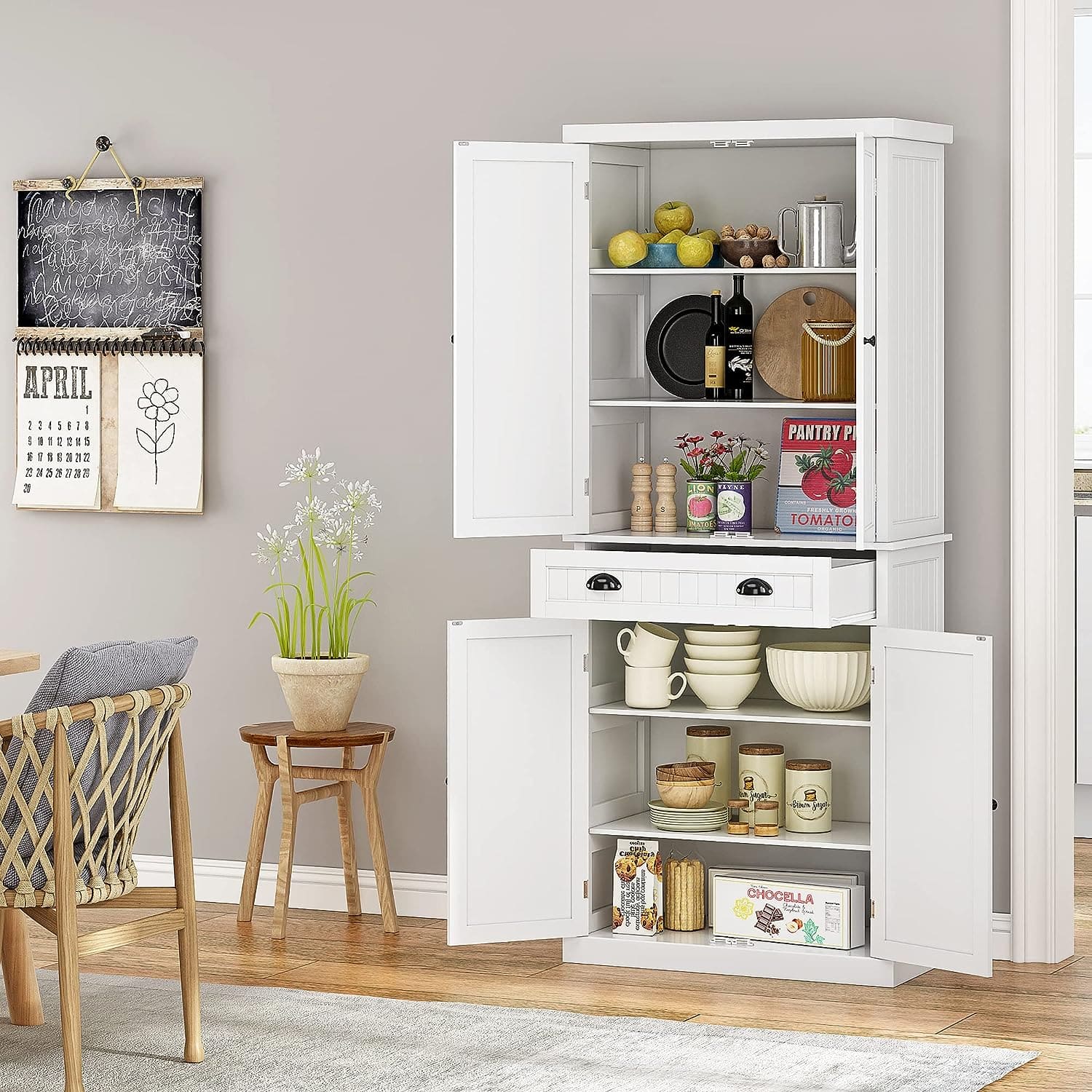

Articles
How To Fix The Back Of A Separated Pantry Cabinet
Modified: January 6, 2024
Learn how to fix the back of a separated pantry cabinet with step-by-step articles that provide easy and practical solutions.
(Many of the links in this article redirect to a specific reviewed product. Your purchase of these products through affiliate links helps to generate commission for Storables.com, at no extra cost. Learn more)
Introduction
Welcome to our comprehensive guide on how to fix the back of a separated pantry cabinet. The pantry cabinet is an essential storage unit in any kitchen, providing ample space for storing dry goods, spices, and other kitchen essentials. However, over time, the back of the pantry cabinet may become separated from the main structure, compromising its stability and functionality.
It’s important to address this issue promptly to prevent further damage and potential accidents. In this article, we will take you through a step-by-step process to fix the back of a separated pantry cabinet, restoring its strength and ensuring it serves its purpose efficiently.
Before we dive into the repair process, let’s discuss why this problem occurs and how it can be assessed to determine the extent of the damage.
Key Takeaways:
- Don’t overlook the importance of evaluating the damage and gathering the right tools and materials before fixing a separated pantry cabinet. Taking these steps ensures a successful and efficient repair process.
- Consider alternative solutions such as reinforcing the back panel or seeking professional help if the damage is severe. Prioritize safety, take your time, and maintain the cabinet for long-term stability.
Understanding the problem
Understanding why the back of a pantry cabinet separates from the main structure is crucial to effectively fix the issue. There can be several factors contributing to this problem, including:
- Excessive weight: Overloading the pantry cabinet with heavy items can put strain on the back panel and cause it to detach over time. It’s important to distribute the weight evenly and avoid exceeding the recommended weight limit.
- Moisture and humidity: Moisture and humidity in the kitchen can cause the wood or plywood panels of the pantry cabinet to expand and contract, leading to structural issues. This is especially common in older cabinets or areas with high humidity levels.
- Poor construction or previous repairs: In some cases, the back panel may have been poorly constructed or repaired in the past, resulting in weaker joints or inadequate support. This can make the panel more susceptible to separating from the cabinet.
Identifying the root cause of the problem will help you determine the most appropriate repair method. Before proceeding with the repair, it’s essential to evaluate the extent of the damage, as it may vary from a minor separation to a complete detachment of the back panel.
In the next section, we will walk you through the evaluation process to assess the condition of the separated pantry cabinet.
Evaluation of the damage
Before you start fixing the back of your separated pantry cabinet, it’s important to evaluate the extent of the damage. This will help you determine the level of repair required and gather the necessary tools and materials. Here’s how you can evaluate the damage:
- Inspect the separation: Carefully examine the area where the back panel has separated from the main structure. Assess the size of the gap and any visible damage to the panel or cabinet.
- Check for loose or broken fasteners: Take a closer look at the fasteners, such as screws or nails, that were originally used to attach the back panel to the cabinet. Check if any of them are loose, broken, or missing.
- Examine the condition of the panel: Determine the condition of the back panel itself. Look for signs of warping, moisture damage, or other structural issues. This will help you decide whether the panel needs to be repaired or replaced.
- Assess the overall stability: Gently test the stability of the pantry cabinet. Shake it slightly to see if there is any noticeable movement or wobbling. This will help you understand if the separation of the back panel has compromised the cabinet’s stability.
Based on your evaluation, you can determine the appropriate repair method. For minor separations or loose fasteners, a simple reattachment may be sufficient. However, if the back panel is heavily damaged or the cabinet’s stability is compromised, you may need to consider a more extensive repair or even replacing the back panel altogether.
Now that you have assessed the damage, it’s time to gather the necessary tools and materials to fix the back of your separated pantry cabinet.
Tools and materials needed
Before embarking on the repair process, it’s important to gather the necessary tools and materials. Having them at hand will make the repair process smoother and more efficient. Here’s a list of tools and materials you will need:
- Screwdriver: A screwdriver will be needed to remove any loose or damaged screws/nails and for reattaching the back panel to the main structure.
- Hammer: A hammer can be useful for gently tapping and securing any loose fasteners or for minor adjustments in the structure.
- Wood glue: If the back panel is intact and requires reattachment, high-quality wood glue will be essential for a strong and reliable bond between the panel and the main structure.
- New fasteners: In some cases, the existing screws or nails may be damaged or missing. It’s advisable to have a set of new screws or nails to ensure a secure and long-lasting attachment.
- Sanding tools: Depending on the condition of the back panel, sanding tools like sandpaper or an electric sander may be needed to smooth out any rough edges or surfaces.
- Paint or stain: If the back panel or any surrounding area requires refinishing, have paint or stain that matches the existing color or finish of the cabinet.
- Safety equipment: Always prioritize safety during the repair process. Have safety goggles, gloves, and a dust mask to protect yourself from any potential hazards.
Having these tools and materials ready before you begin the repair process will save you time and ensure a successful outcome. Now that you have everything you need, let’s move on to the step-by-step instructions for fixing the back of your separated pantry cabinet.
Use wood glue and clamps to reattach the separated pieces of the pantry cabinet. Apply the glue to the edges, press the pieces together, and secure with clamps until the glue dries.
Step-by-step instructions for fixing the back of a separated pantry cabinet
Now that you have gathered the necessary tools and materials, let’s walk through the step-by-step process to fix the back of your separated pantry cabinet:
- Empty the pantry cabinet: Before starting any repairs, remove all items from the pantry cabinet to ensure easy access to the back panel.
- Inspect and clean the back panel: Thoroughly examine the back panel for any loose or damaged areas. If there are any dirt or debris, clean it with a damp cloth.
- Remove loose fasteners: Using a screwdriver, carefully remove any loose or damaged screws/nails that were used to attach the back panel. Make sure to keep track of them for later use.
- Apply wood glue: If the back panel is intact and in good condition, apply a generous amount of wood glue to the edges of the panel that will be in contact with the cabinet structure.
- Reattach the back panel: Carefully align the back panel with the cabinet structure and press it firmly against the glue. Secure it in place using the original screws/nails or new ones if necessary.
- Allow the glue to dry: Follow the manufacturer’s instructions on the wood glue for the appropriate drying time. Make sure not to put any weight or load on the pantry cabinet during this time.
- Finishing touches: If needed, sand any rough edges or surfaces on the back panel. You can also apply a coat of paint or stain to match the cabinet’s finish, ensuring a seamless appearance.
- Reorganize and restock: Once the glue is completely dry, carefully place the items back into the pantry cabinet, distributing the weight evenly to prevent any future strain on the back panel.
Following these step-by-step instructions will help you fix the back of your separated pantry cabinet effectively. However, keep in mind that the severity of the damage may vary, and alternative solutions might be required in some cases.
In the next section, we will explore some alternative solutions you can consider if the back of your pantry cabinet cannot be repaired or needs further reinforcement.
Alternative solutions
In some instances, the back of a separated pantry cabinet may be severely damaged, or the repair process may not effectively address the issue. In such cases, you may need to consider alternative solutions. Here are a few options:
- Replace the back panel: If the back panel is extensively damaged or the repair attempts are unsuccessful, replacing the back panel may be the best solution. Measure the dimensions of the existing panel and purchase a new one made of sturdy material like plywood or solid wood. Follow the manufacturer’s instructions for attaching the new panel securely to the cabinet structure.
- Reinforce the back panel: If the separation is minor, you can reinforce the back panel by adding additional support. Install corner brackets or braces along the edges of the panel to provide extra stability. Ensure that the brackets or braces are securely attached to both the panel and the cabinet structure.
- Use adhesive strips/tapes: For smaller separations or to temporarily fix the back panel, you can utilize adhesive strips or tapes designed for structural repairs. These strips can be applied to the edges of the panel to bond it back to the cabinet structure. However, keep in mind that this may not be a permanent solution and may require regular monitoring and maintenance.
- Consult a professional: If you are unsure about the extent of the damage or unable to fix the separated pantry cabinet on your own, it’s advisable to seek help from a professional carpenter or cabinet repair service. They will have the expertise and tools to assess the issue and provide suitable solutions.
Consider the severity of the damage and your skill level before deciding on the most appropriate alternative solution. It’s essential to prioritize the safety and stability of your pantry cabinet.
Now that you have explored alternative solutions, let’s move on to some essential tips and precautions to keep in mind during the repair process.
Tips and precautions
When it comes to fixing the back of a separated pantry cabinet, there are some essential tips and precautions to keep in mind for a successful and safe repair process:
- Take your time: The repair process may require some patience and attention to detail. Take your time to ensure that the back panel is securely attached and that all repairs are done correctly.
- Follow manufacturer’s instructions: If you are using specific products such as wood glue or adhesive strips, carefully read and follow the manufacturer’s instructions for proper application and drying times.
- Wear appropriate safety gear: While working on the pantry cabinet, wear safety goggles, gloves, and a dust mask to protect yourself from any potential splinters, dust, or fumes.
- Check weight limitations: Make sure you are aware of the weight limitations of your pantry cabinet and avoid overloading it to prevent future damage to the back panel or cabinet structure.
- Maintain proper ventilation: If you are working with adhesives or paints, make sure the area is well-ventilated to avoid inhaling any harmful fumes. Open windows or use fans to facilitate fresh air circulation.
- Regularly inspect and maintain: After fixing the back panel, make it a habit to regularly inspect the pantry cabinet for any signs of damage or separation. Promptly address any issues to prevent further deterioration.
By following these tips and taking the necessary precautions, you can ensure a successful repair process and maintain the longevity of your pantry cabinet.
Now that you are equipped with comprehensive knowledge on fixing the back of a separated pantry cabinet, it’s time to put your skills into action and restore the stability and functionality of your storage unit.
Conclusion
A separated back panel in a pantry cabinet can compromise the stability and functionality of the storage unit. However, with the right tools, materials, and step-by-step instructions, you can easily fix the issue and restore the cabinet’s strength.
In this guide, we have provided you with a comprehensive overview of how to fix the back of a separated pantry cabinet. We discussed the common causes of the problem, evaluated the damage, gathered the necessary tools and materials, and provided detailed step-by-step instructions for the repair process.
Additionally, we explored alternative solutions for cases where the damage is severe or the initial repairs are unsuccessful. By considering alternative solutions, such as replacing the back panel or reinforcing it with additional support, you can ensure a sturdy and long-lasting fix.
We also emphasized the importance of following safety precautions, taking your time during the repair process, and regularly inspecting and maintaining the pantry cabinet to prevent future damage.
Remember, fixing the back of a separated pantry cabinet not only restores its functionality but also ensures the safety of your kitchen by preventing accidents due to an unstable structure.
So, whether you choose to tackle the repair process on your own or seek professional help, be confident in your ability to fix the back panel and enjoy the organized and functional storage space of your pantry cabinet once again.
With this guide, you are now equipped with the necessary knowledge and skills to fix the back of a separated pantry cabinet. Take action today and restore the beauty and functionality of your kitchen storage!
Frequently Asked Questions about How To Fix The Back Of A Separated Pantry Cabinet
Was this page helpful?
At Storables.com, we guarantee accurate and reliable information. Our content, validated by Expert Board Contributors, is crafted following stringent Editorial Policies. We're committed to providing you with well-researched, expert-backed insights for all your informational needs.
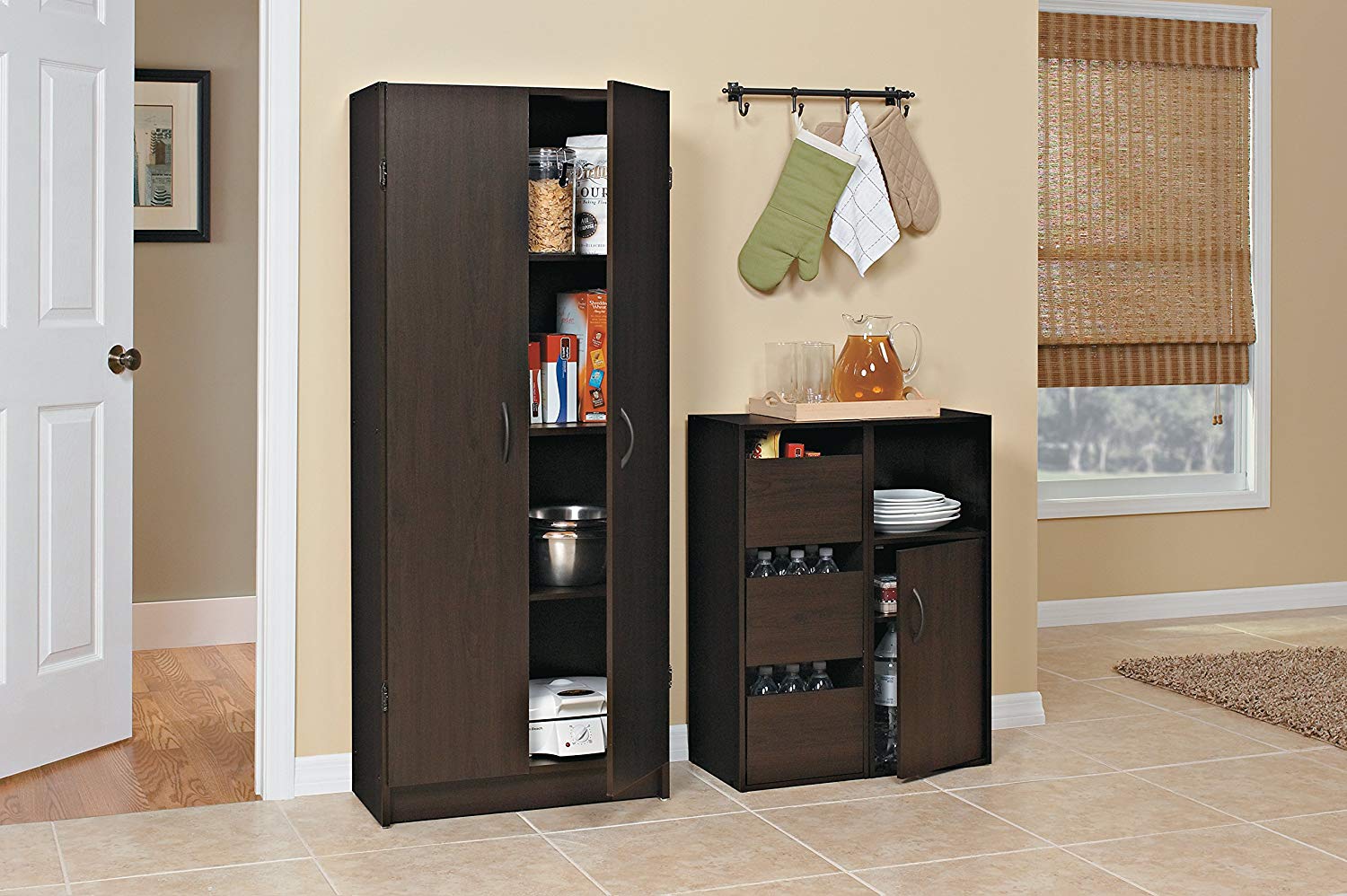
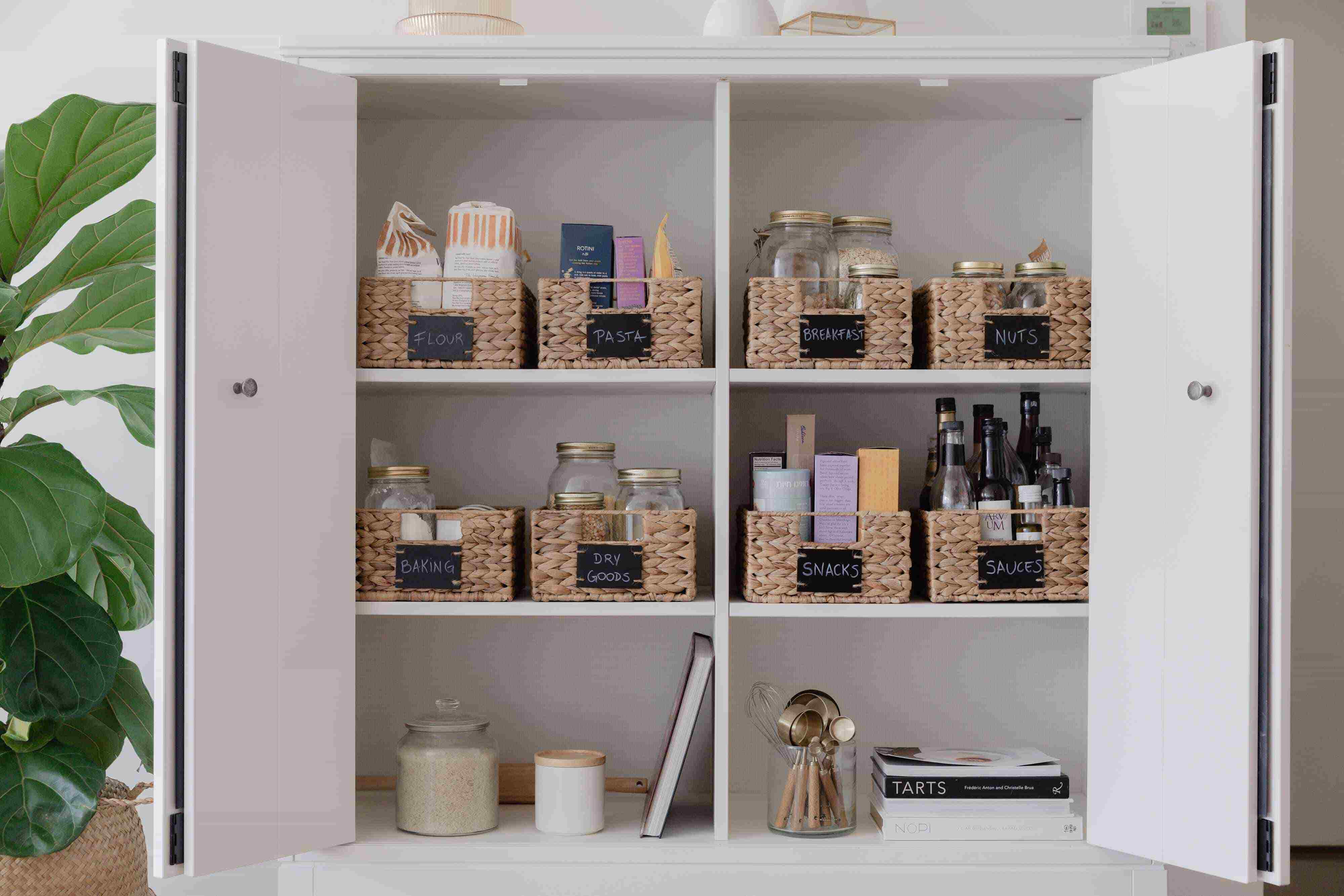
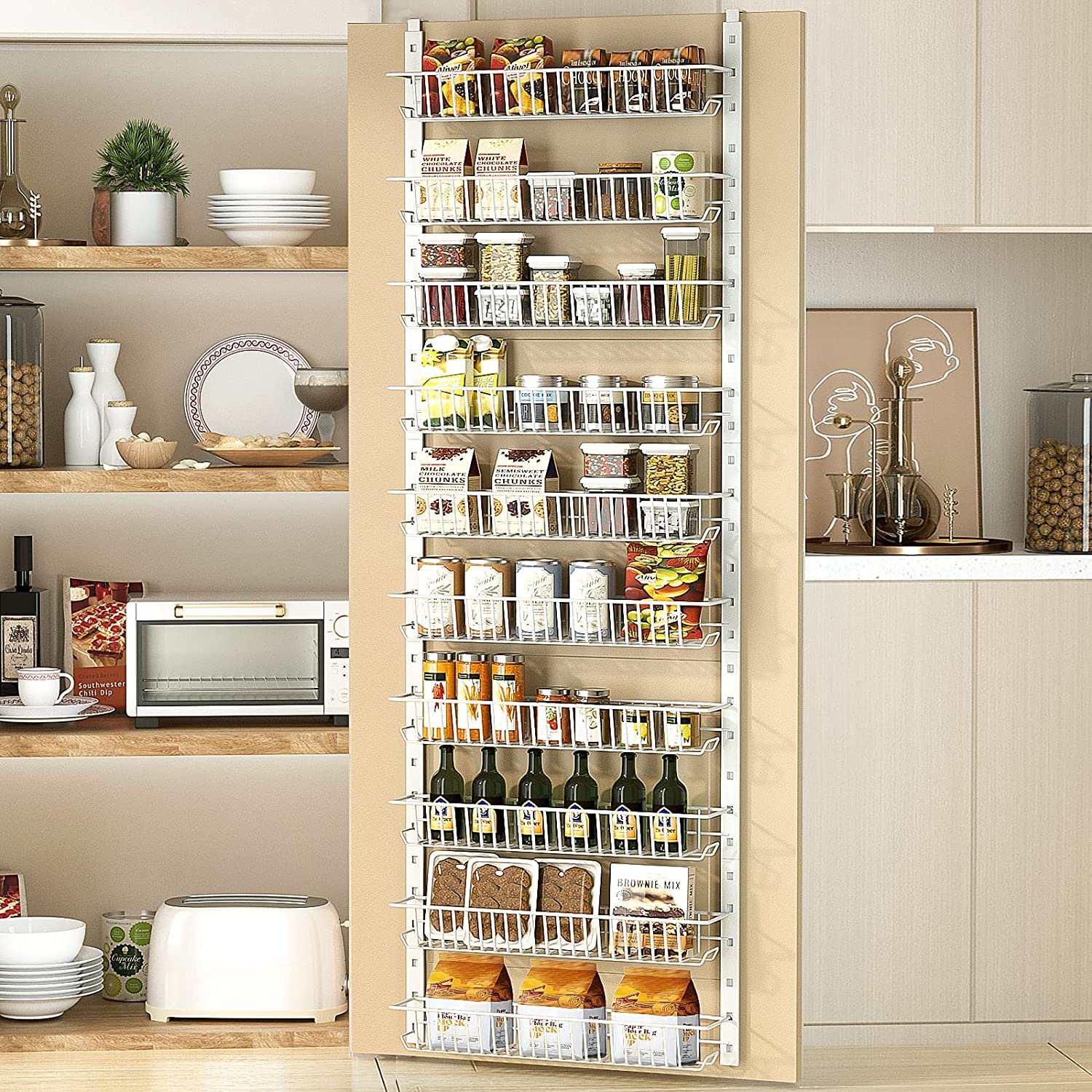
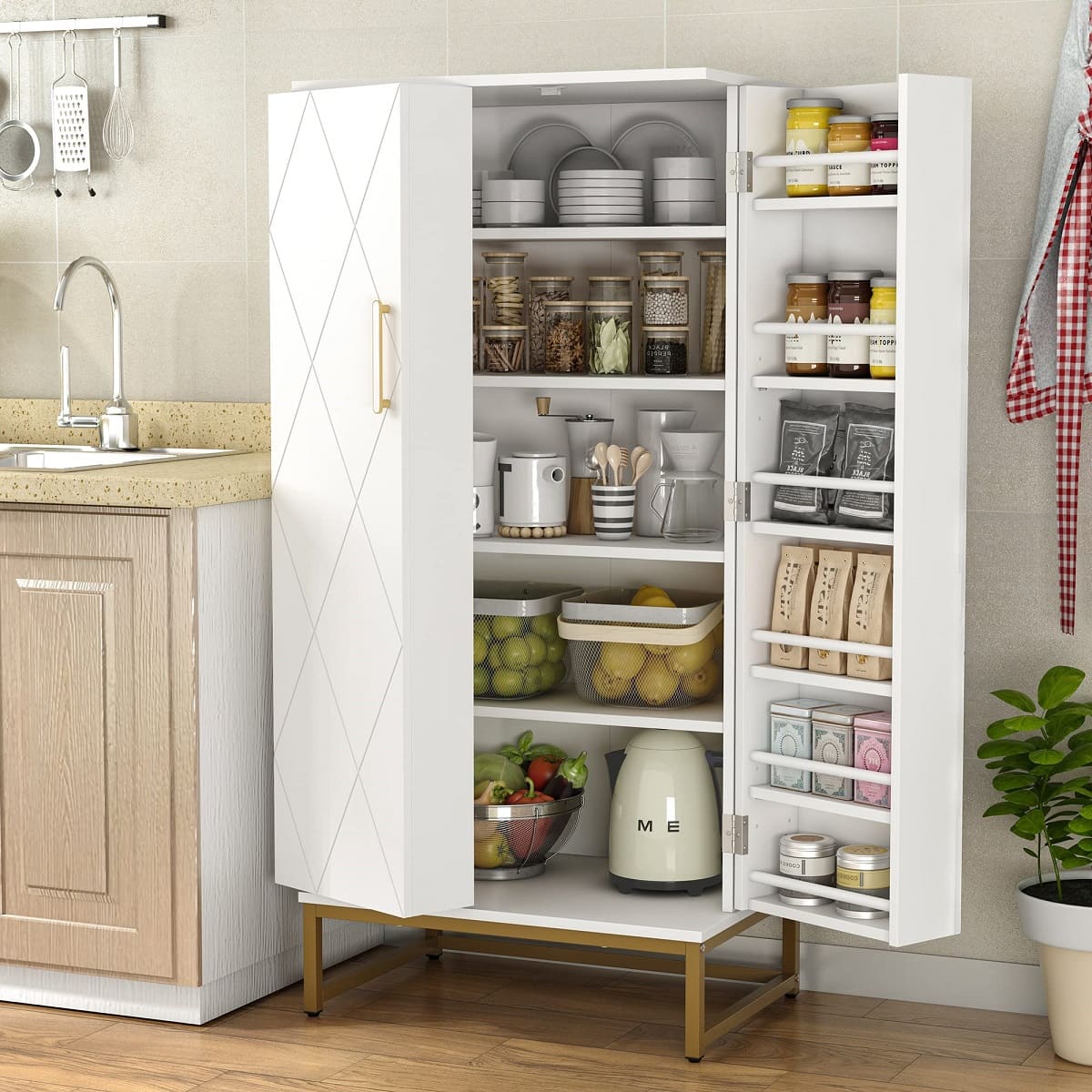
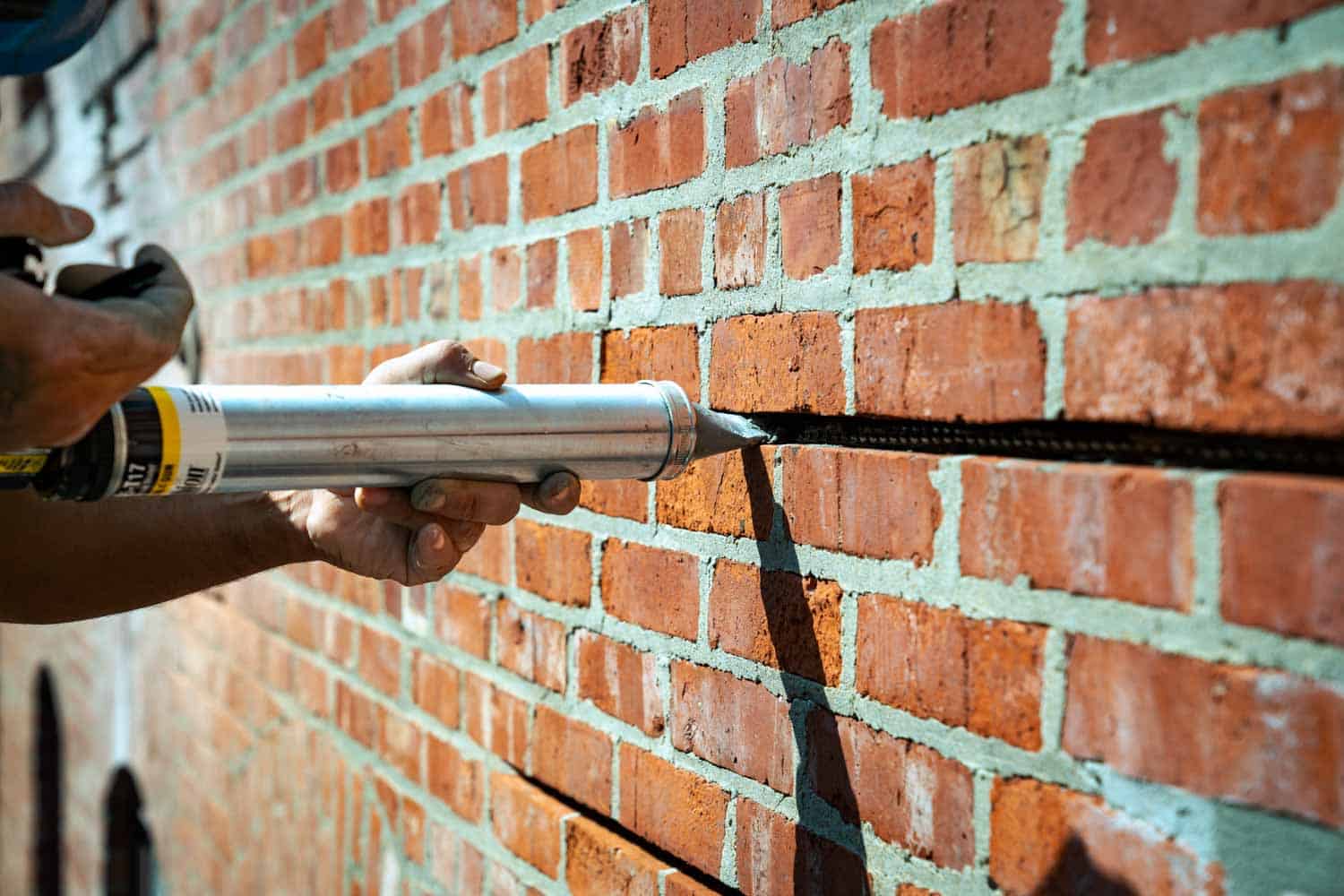
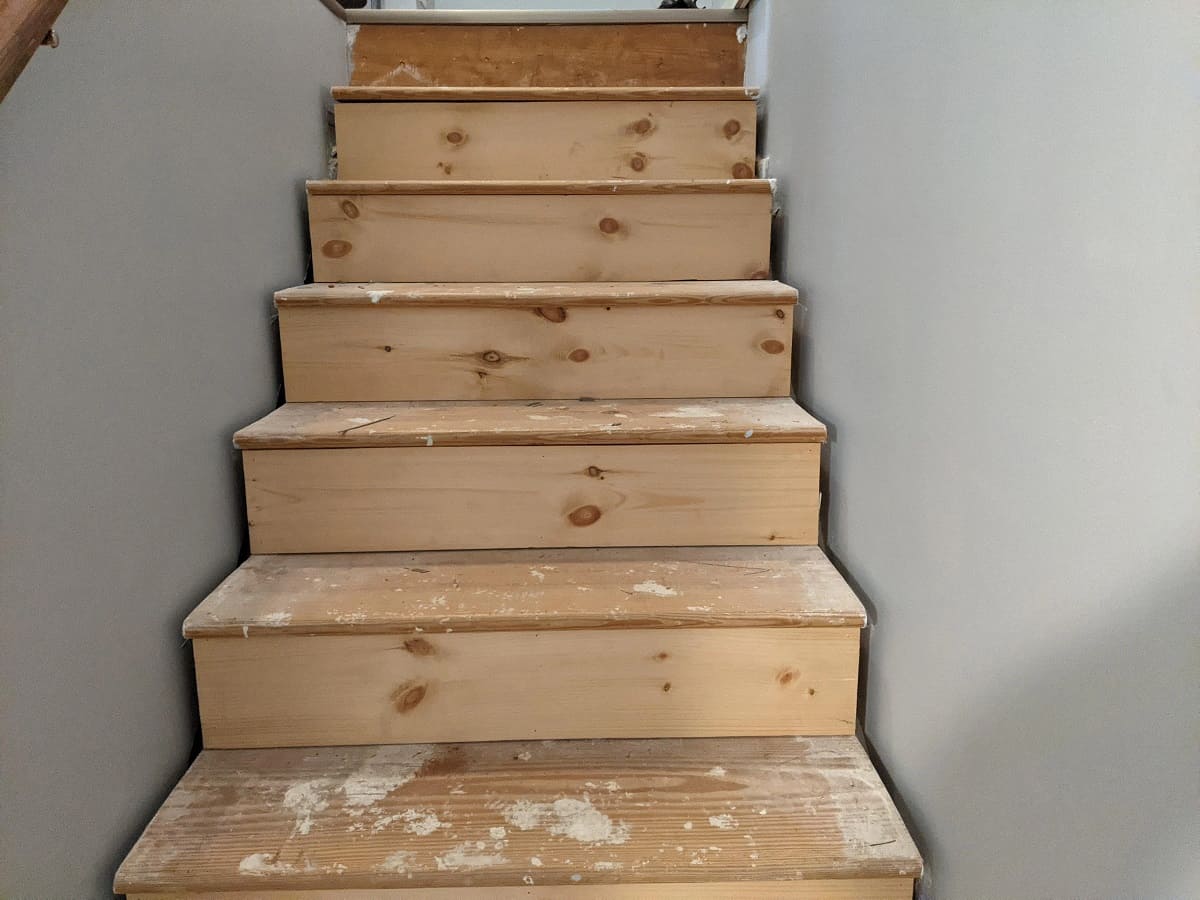
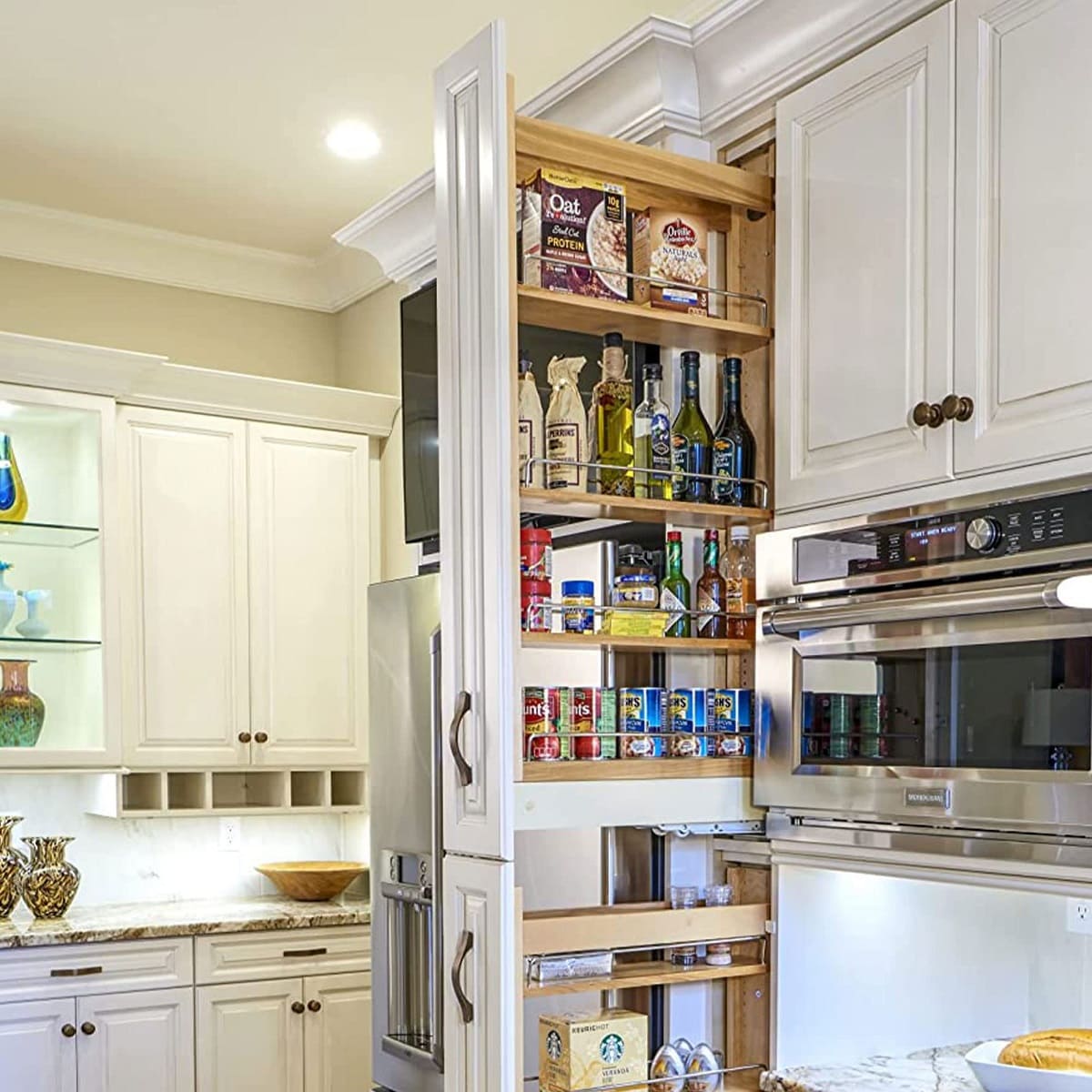
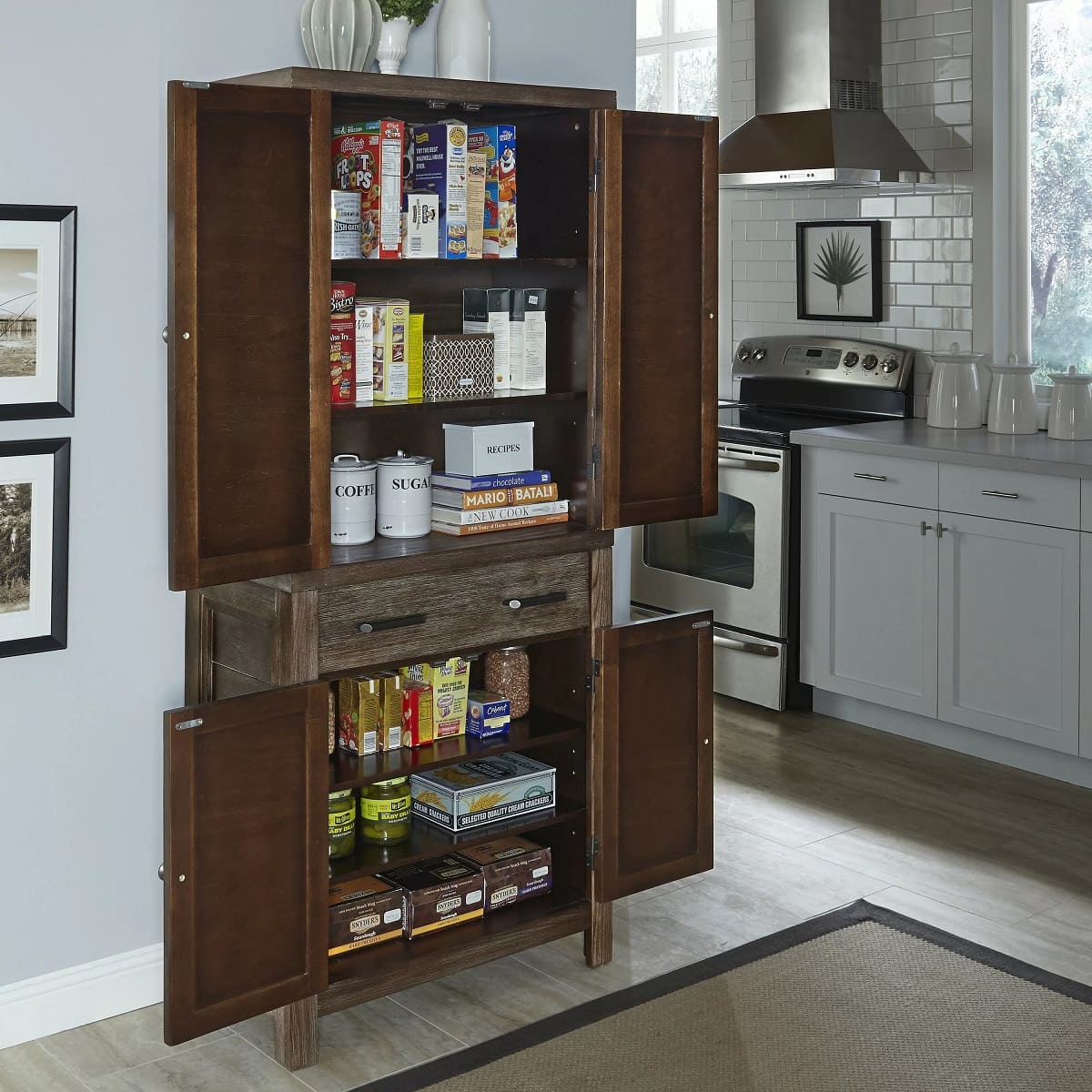
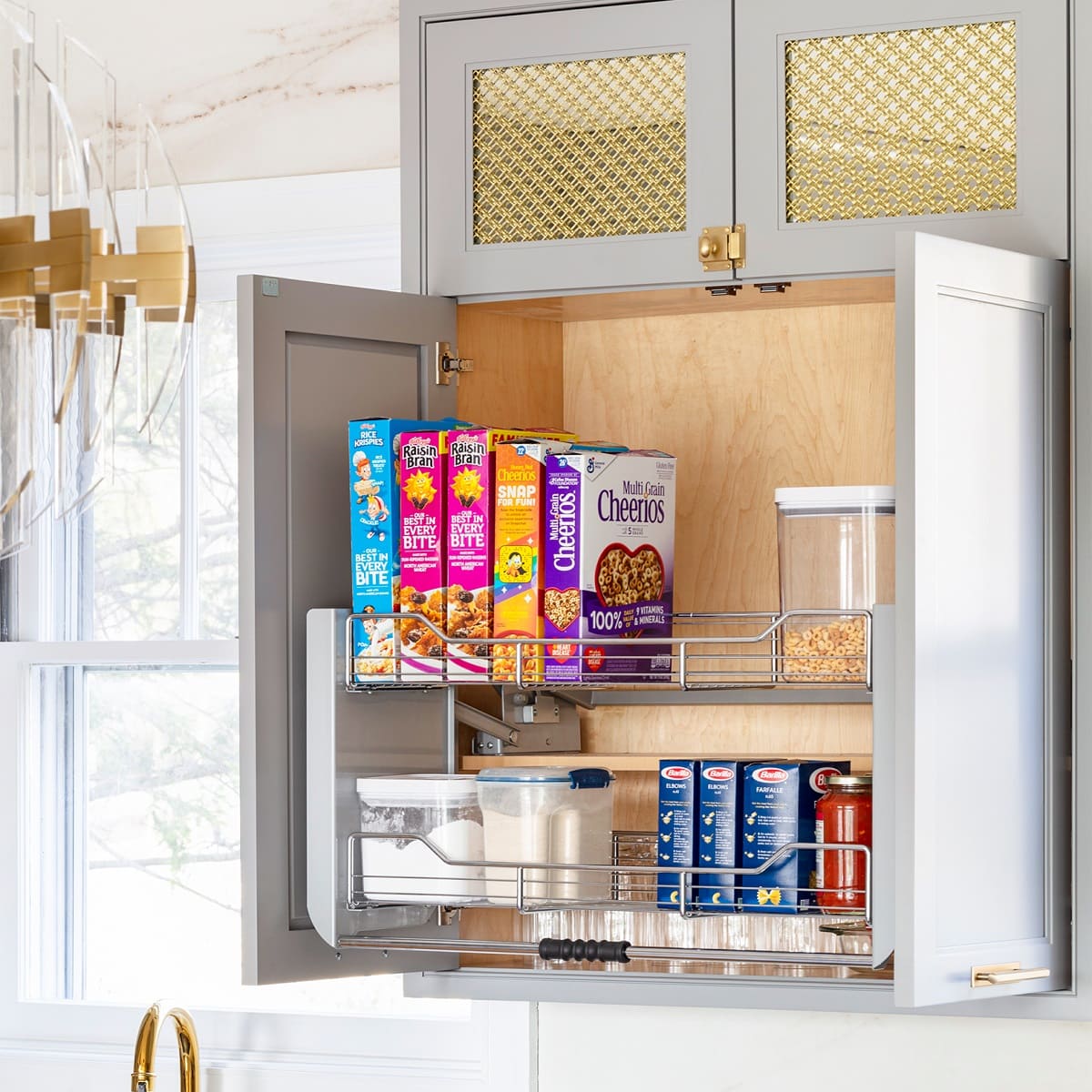
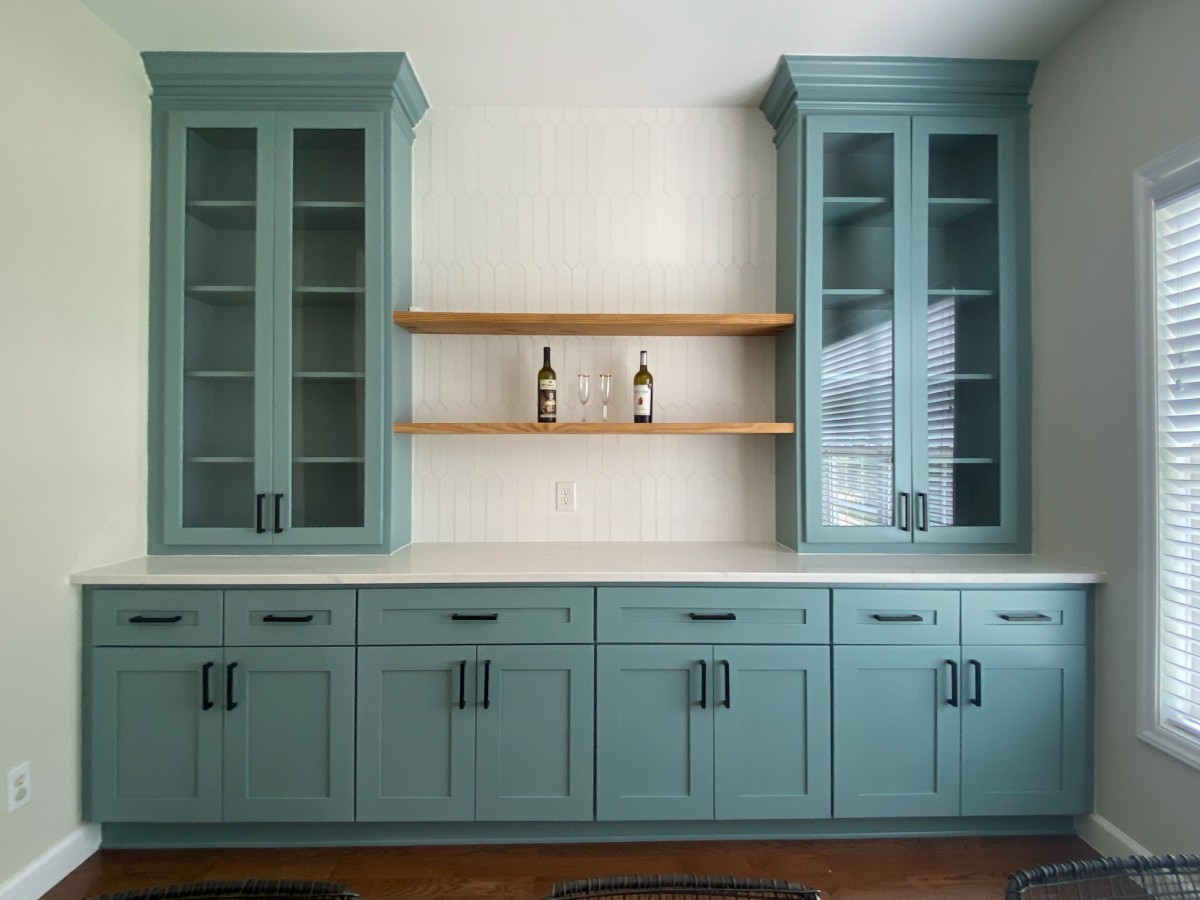
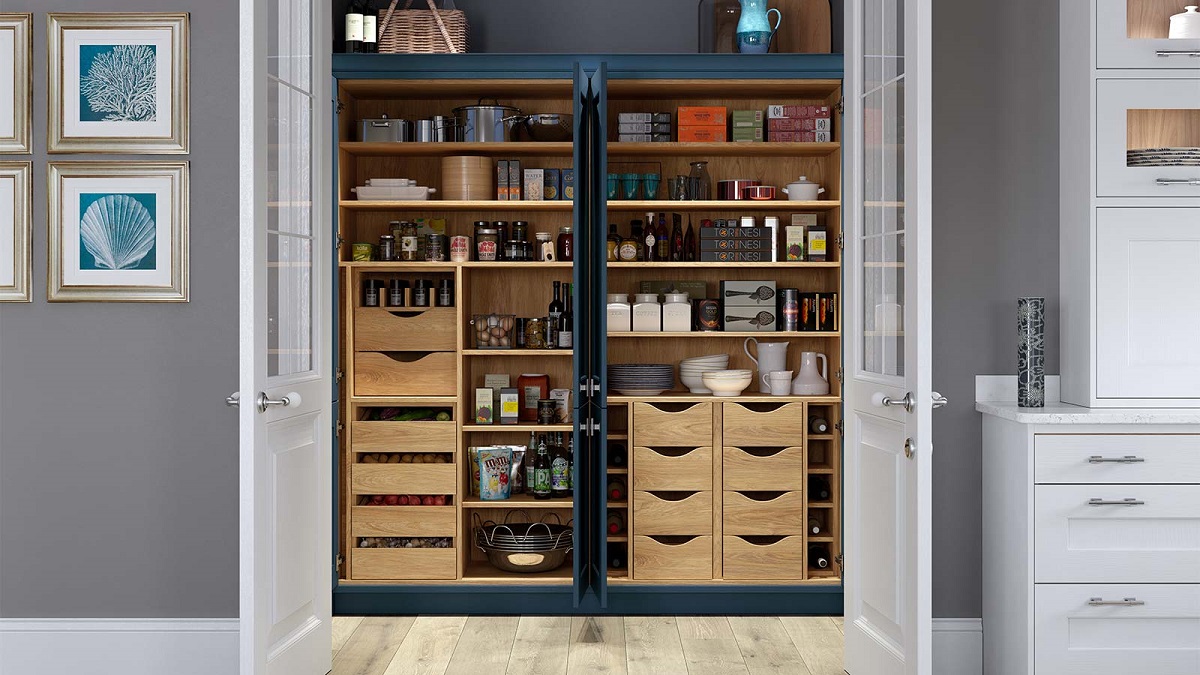
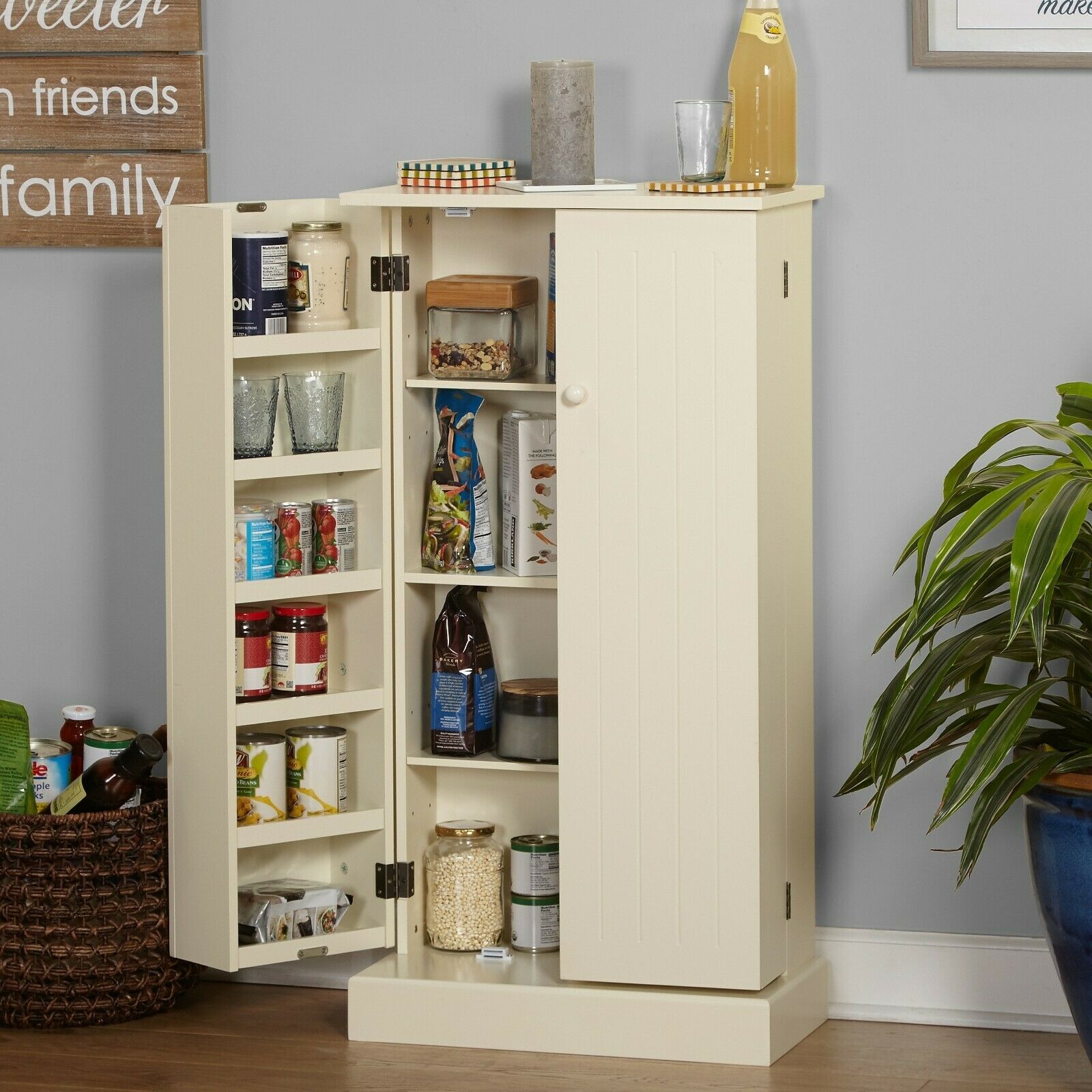

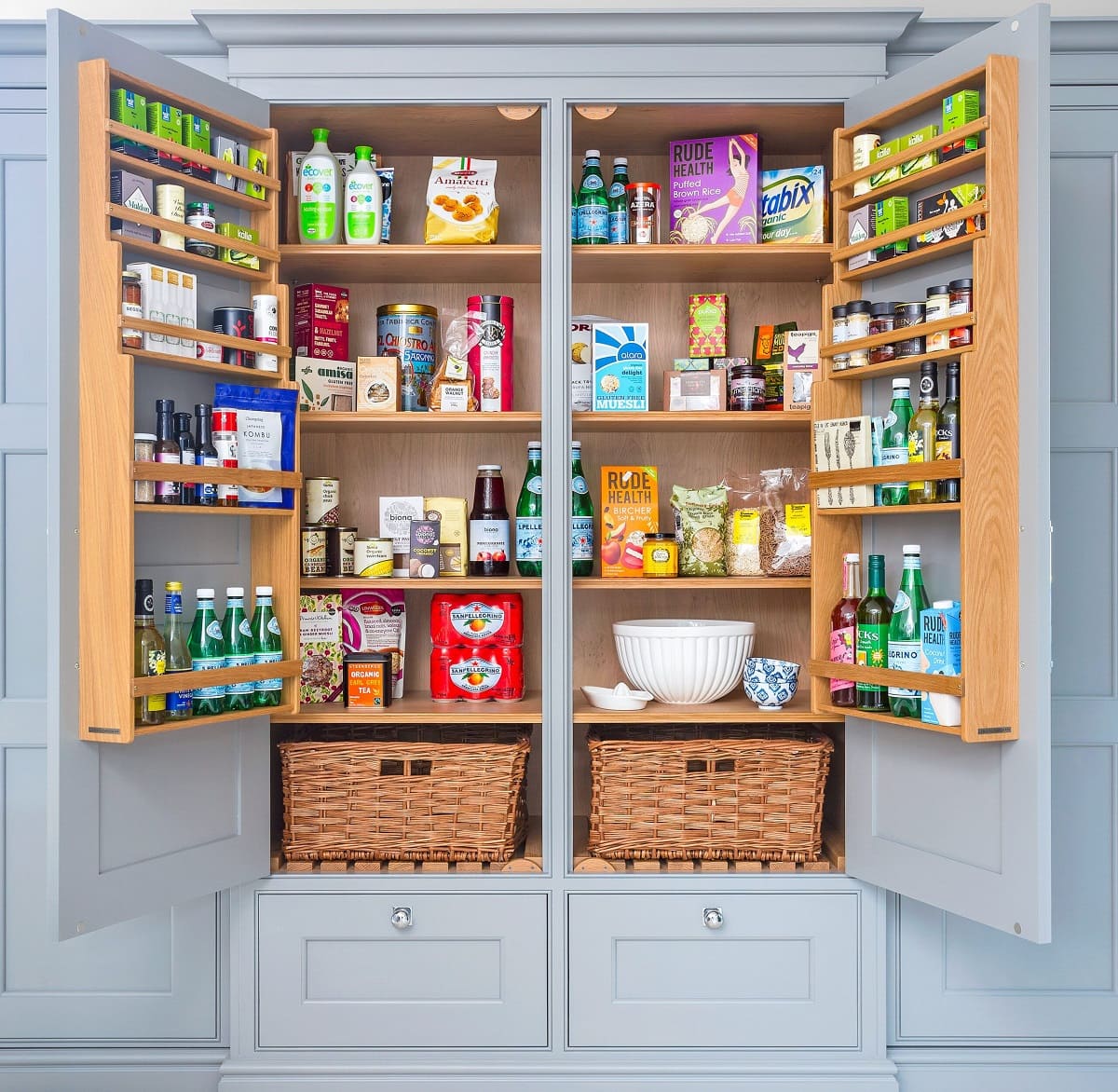

0 thoughts on “How To Fix The Back Of A Separated Pantry Cabinet”